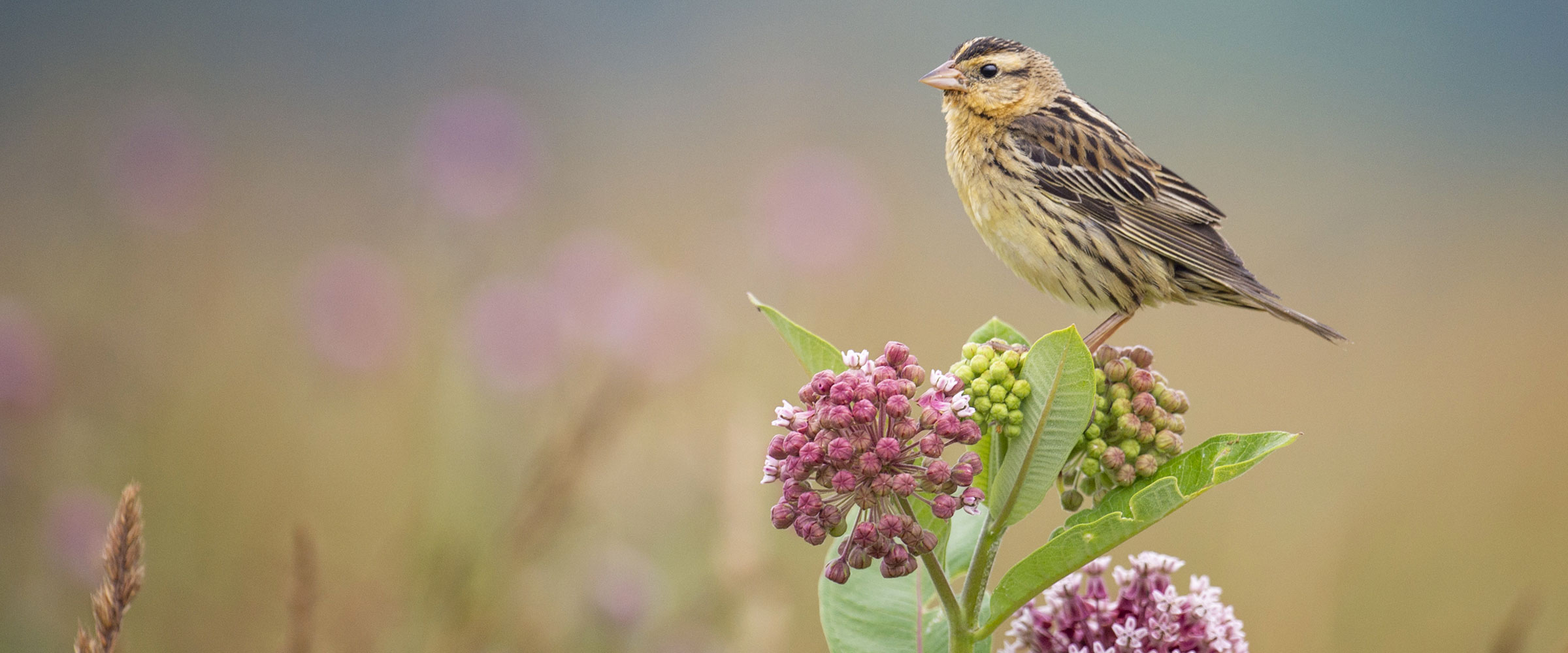

Less artificial light at night can help keep our feathered-friends safe and on course! The growth of dense, urban areas along ancient bird migration routes poses a significant and often fatal threat to migrating birds.
Many birds migrate at night and use age-old patterns of light from the stars, moon and setting sun as navigational tools to follow their migration route. Night skies are brighter in cities making stars harder to see. You might have noticed how much brighter the stars are as you get further away from urban areas. Birds notice too! City lights can disorient birds and interfere with instinctive navigation behaviors, throwing them off course or drawing them toward brightly-lit buildings in urban areas- a risky environment for many birds. Birds who find themselves surrounded by buildings can collide with the windows or walls of the buildings.
Floodlights and bright decorative architectural lighting can be hazardous too. The birds get “trapped” inside the beams of light and are reluctant to fly back out into the dark. They continue to circle inside the beams until they drop to the ground from exhaustion. Once on the ground the stunned or injured birds face a variety of threats, from predation to lack of access to food or water.
Click here to see which bird species are shown on the migration map.
 Early morning and daytime collisions often occur when migrating birds land in the city after being drawn toward the light during the night. Birds cannot see glass, they see a reflection of their habitat (trees, bushes, water, sky). They wake up ready to forage for food and water to fuel up for the next leg of their journey and find themselves lost in a maze of reflective windows and shiny exteriors. Deceived by the reflection birds often collide head-on with the windows and buildings themselves. Many migratory birds die on impact or sustain serious injuries that prevent them from continuing their journey.
Early morning and daytime collisions often occur when migrating birds land in the city after being drawn toward the light during the night. Birds cannot see glass, they see a reflection of their habitat (trees, bushes, water, sky). They wake up ready to forage for food and water to fuel up for the next leg of their journey and find themselves lost in a maze of reflective windows and shiny exteriors. Deceived by the reflection birds often collide head-on with the windows and buildings themselves. Many migratory birds die on impact or sustain serious injuries that prevent them from continuing their journey.
Migratory birds can also collide with the clear glass on structures like greenhouses, solariums, bus shelters, skywalks between buildings, or with windows that meet at the corners on homes or workplaces. They see through these glass structures to the trees or bushes on the other side and strike the glass in an attempt to find refuge. The same will occur when they see interior, ornamental trees and plants in glass-walled lobbies or through the windows on our homes.